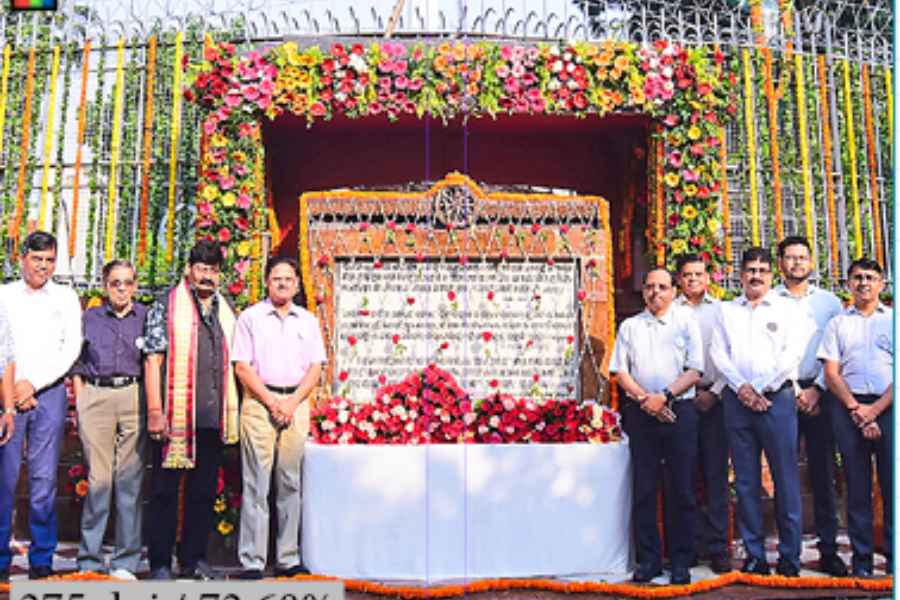The capital city of Odisha, celebrating its 76th anniversary, marks a significant milestone with its budget growing to Rs 1,000 crore.
Originally planned across 12 square miles at an estimated cost of Rs 2.89 crore, the city has evolved into a vibrant hub of growth and development.
On this auspicious occasion, citizens fondly remember Jawaharlal Nehru, the first Prime Minister of India, who laid the foundation stone for the capital on April 13, 1948. Despite restrictions due to the model code of conduct, Bhubaneswar commemorates its journey from a humble beginning to a smart city initiative.
Emerging as a major education and software centre in eastern India, Bhubaneswar is also underway with a Metro rail project costing Rs 6,500 crore.
President of the Capital Day Celebration Committee Pradosh Patnaik reflects on the city's transformative journey, highlighting the pivotal role played by German town planning engineer Dr. Otto Konigsberger in shaping its master plan.
Before its foundation, Bhubaneswar was a modest settlement with only basic amenities such as a railway station, post office and police station near the Lingaraj Temple. The lush landscape was dominated by dense Kochila trees and other flora, with limited access primarily by foot or bullock carts for the affluent.
Education was scarce, with only a few primary schools like Kapil Prasad and Pandit Raghunath serving the community until the establishment of Bhakta Kabi MadhuSudan High School in 1940. Traditional Chatsallis, or thatched houses, provided free education to students.
Over the decades, Bhubaneswar has undergone monumental changes, transitioning from a small settlement to a bustling metropolis with the Commissionerate police system and a population nearing 1.5 million across 67 wards.
The city now boasts a corporation status and is home to numerous educational and medical institutions, reflecting its status as a beacon of progress and prosperity.











